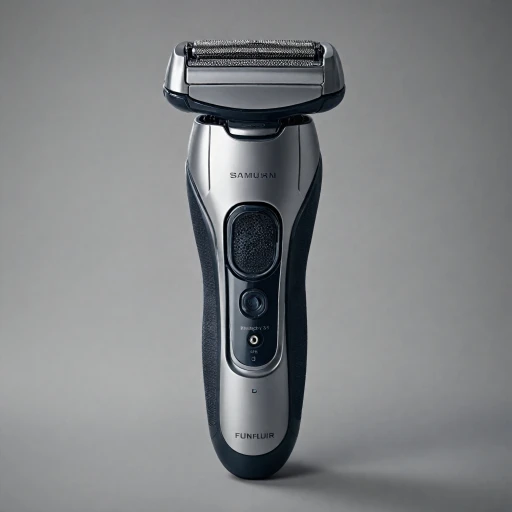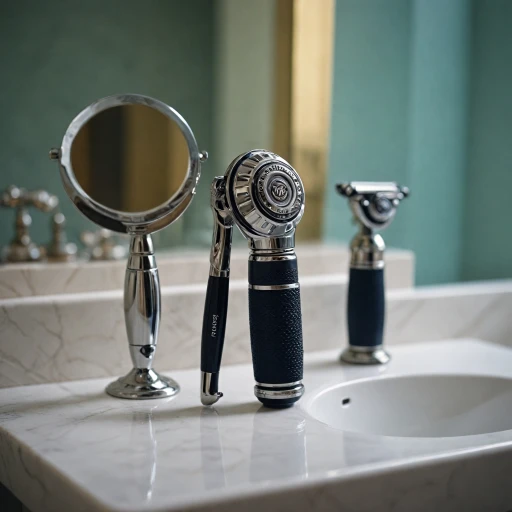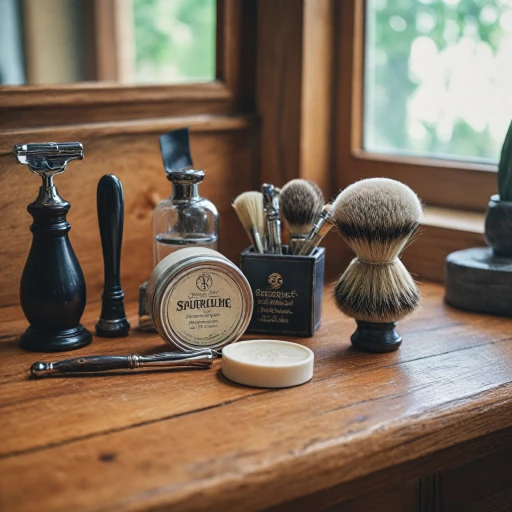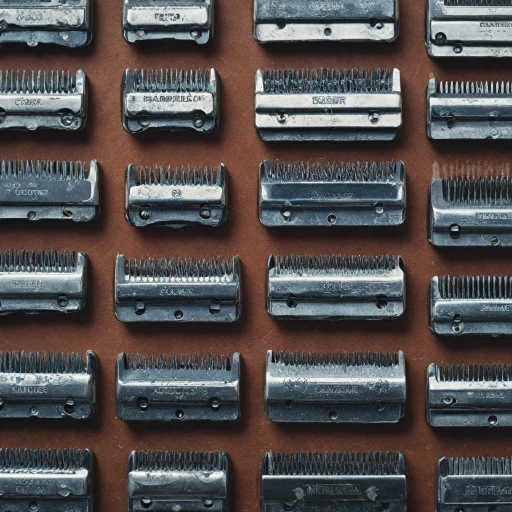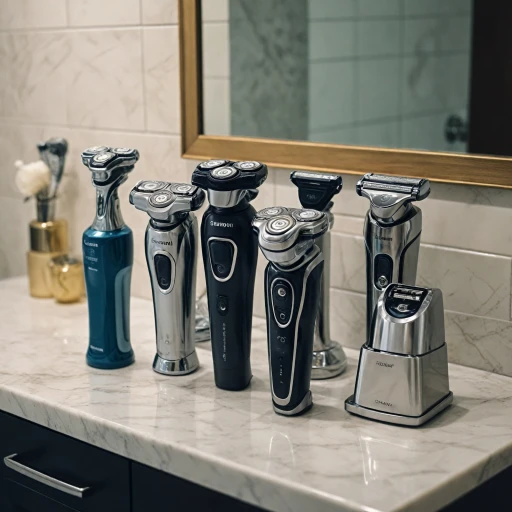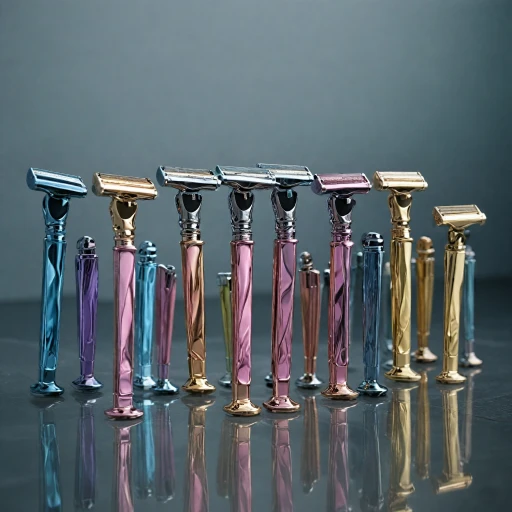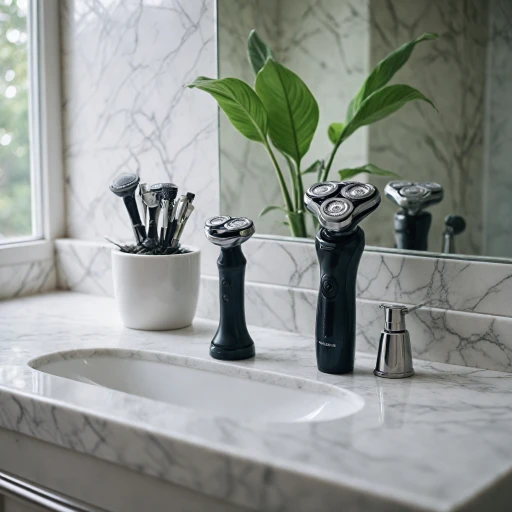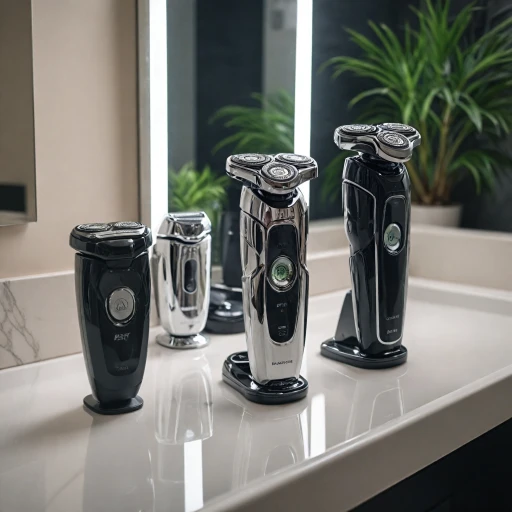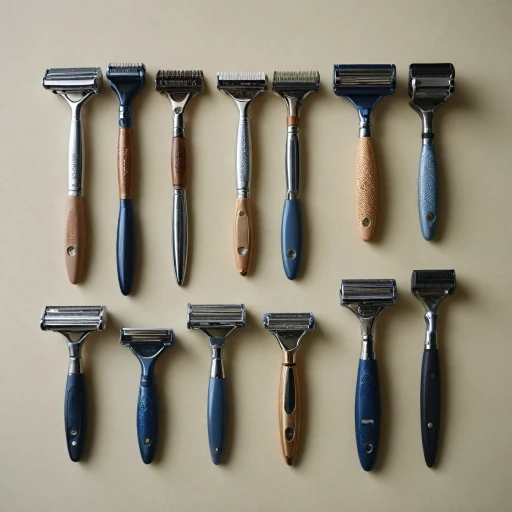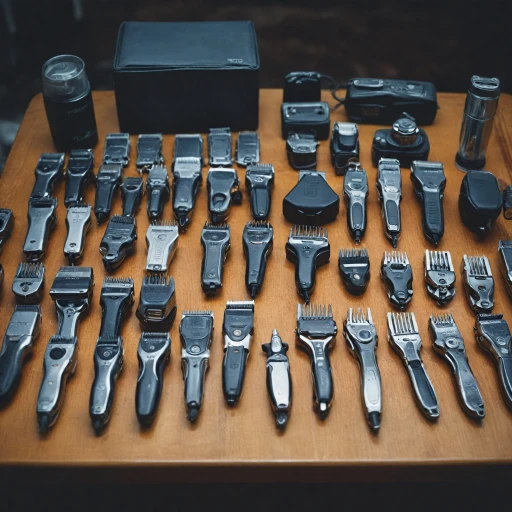
Factors Influencing Shave Count
The Role of Your Beard and Hair Type
One of the biggest factors influencing how many shaves you'll get per electric shaver is your unique beard and hair type. Coarser facial hair tends to wear blades down more quickly, leading to fewer shaves before needing a replacement. On the other hand, if you have finer hair, you might find your blades lasting a bit longer. Understanding your needs and preferences when it comes to shaving can help you choose a shaver that aligns well with your grooming routine.
Material and Quality of Blades
The material and construction of razor blades are crucial determinants in their longevity. Blades made of high-quality stainless steel are known for their durability and sharpness. If you're serious about getting the best out of your shaving experience, investing in a shaver with robust blades can result in a smoother shave while extending the time between blade replacements.
Shaving Techniques and Habits
Your personal shaving technique also plays a role in how long your shaver will last. Wet shaving enthusiasts, for example, typically use pre-shave products that can help protect the skin and blades, potentially allowing blades to stay sharp longer. Furthermore, taking the time to understand the best practices for a smooth shave, like using an edge razor appropriately and maintaining a gentle yet firm handle, can ultimately contribute to a prolonged lifespan for your shaver blades.
Comparing Electric Shavers and Traditional Razors
Electric Shavers Versus Traditional Razors: Which Gives More Shaves?
When it comes to maximizing the number of shaves you can get from a razor or electric shaver, both have their distinct advantages and characteristics. Traditional razors have been popular for their close and smooth shave, particularly with double edge safety razors. Brands like Edwin Jagger offer razors that can last for a long period if maintained properly. The key here is the razor blade; sharper blades mean smoother shaves and less irritation. On the other hand, electric shavers offer convenience, especially for those with fast-paced lifestyles. The longevity of an electric shaver's performance depends heavily on the model and maintenance. They require fewer blade changes compared to safety razors, and their stainless steel blades are designed to handle different beard lengths and thicknesses effectively. Over time, however, the blades may lose their edge, and replacements will be necessary once the performance begins to decline. Both types of shavers cater to different shaving preferences. For those who prefer wet shaving and the ritual of a morning routine, traditional razors might be preferred. For daily, quick shaves with less mess and more safety for the skin, electric shavers are an excellent choice, especially if you invest in models with a long-lasting battery and efficient cutting action. Ultimately, the best choice depends on your personal shaving habits, skin sensitivity, and hair type. While it's clear that both have their merits, understanding how many shaves you can expect from each will help determine the most suitable option for your grooming needs.Maintenance Tips for Prolonging Shaver Life
Simple Strategies for Maximizing Your Shaver's Efficiency
To get the most out of your electric shaver, it's crucial to engage in regular maintenance which can considerably extend its lifespan and improve the quality of your shave. Here are some key tips that will help ensure your electric razor remains in top condition:- Regular Cleaning: After every shave, make sure to thoroughly clean your shaver. This prevents hair, skin, and shaving cream residues from building up and affecting the performance of the blades. If your device is waterproof, cleaning is even easier; just rinse it under running water.
- Blades and Foil Replacement: Maximum efficiency is achieved when the blades are sharp. Regularly replace the razor blades or foils as per the manufacturer's instructions, usually every 12 to 18 months. This helps maintain a smooth shave and ensures safety by reducing the risk of skin irritation.
- Proper Storage: Store your shaver in a cool, dry place when not in use. This prevents moisture from deteriorating the blades or the device's handling components.
- Lubrication: Some manufacturers recommend applying specialized oils to the blades. This reduces friction and enhances the cutting speed, helping maintain that edge they are known for.
- Battery Maintenance: If your shaver is rechargeable, ensure it is fully charged for optimal performance. Battery maintenance habits can be learned in detail by choosing the right battery-powered hair clippers for your needs.
Signs It's Time to Replace Your Shaver Blades
Recognizing the Need for New Blades
Electric shavers, like any grooming tool, have a lifespan that depends on various factors. One crucial aspect is knowing when it's time to replace the shaver blades. Here are some signs to look out for:
- Decreased Shaving Performance: If your shaver no longer provides a smooth shave and requires multiple passes over the same area, it might be time to change the razor blades. Dull blades can tug at your facial hair, leading to irritation.
- Increased Skin Irritation: Razor blades that have lost their edge can cause more friction on the skin, resulting in redness and discomfort. If you notice more irritation than usual, consider replacing the blades.
- Visible Wear and Tear: Inspect your blades for any visible signs of wear, such as rust or nicks. Stainless steel blades are designed to last longer, but they are not immune to damage.
- Unusual Noises: A change in the sound of your shaver during use can indicate that the blades are not functioning as they should. This could be a sign that it's time for a replacement.
Regular maintenance, as discussed earlier, can prolong the life of your electric shaver, but even the best-maintained blades will eventually need replacing. Staying attentive to these signs ensures you maintain a quality shaving experience.
Innovations in Electric Shaver Technology
Advancements in Electric Shaving: Revamps for a Better Experience
Shaving technology is constantly evolving, providing users with better comfort and efficiency. Electric shavers are at the forefront of innovation, blending technology with practicality to offer an enhanced shaving experience.
One significant development in electric razors is the use of stainless steel blades, which not only remain sharper for longer but also reduce skin irritation often caused by dull edges. This shift towards high-quality materials ensures your shaves are consistently smooth, reducing the need for frequent blade replacements.
Another trend is the incorporation of advanced motor and blade systems. Some models now feature multi-directional shaving heads that adapt to the contours of your face, offering a close shave along the jawline and other tricky areas. These designs are especially beneficial for those with dense or coarse facial hair, as they cut hair more efficiently and comfortably.
Wet shaving capabilities have also become a standard feature in modern electric shavers. The waterproof design allows for a seamless transition from dry to wet shaves, catering to personal preferences while maintaining the safety and performance of the razor.
Moreover, brands are increasingly focusing on personalization, allowing custom settings for beard length and skin sensitivity. This tailored approach ensures optimal performance regardless of your personal grooming style or skin type.
For those seeking convenient and modern grooming solutions, these innovations highlight the potential of electric shavers to meet diverse needs effectively while extending the life of razors through durable, efficient design.
User Reviews and Recommendations
User Feedback and Shaver Performance
Many electric shaver users report a consistently smooth shave experience, appreciating the convenience and speed compared to the traditional razor blade methods. The lack of need for wet shaving consistently stands out in user reviews, especially among those with busy lifestyles. Users have highlighted their satisfaction with models featuring stainless steel blades which retain sharpness and extend shaves longer than expected.
Shavers with adjustable settings gain favor for their ability to accommodate various hair types and skin sensitivities, making them versatile tools for managing facial hair, whether you're grooming a thick beard or maintaining clean-shaven skin. Feedback often emphasizes the importance of choosing the best shaver for your specific needs, with the preference often centered around the ease of blade replacement, such as those available in handle and double edge designs.
Some users note that frequent maintenance, including thorough cleaning and regular blade changes, indeed prolongs the time before shaver replacement becomes necessary. However, the quality of the shave and user safety doesn't solely depend on maintenance but also on the design and innovation of the shaver itself. Shaver reviews frequently acknowledge significant advancements in blade technology that result in a closer and more comfortable shave.
The transition from traditional safety razors, like classic edge razors, to modern electric options also garners positive feedback. Edge safety remains a crucial element, and the feedback reflects appreciation for these enhanced features, reducing concerns associated with traditional razor handling. As technology in electric shavers continues to develop, user reviews are a reliable source of insights into the practical implications of these innovations, guiding potential buyers in making informed decisions on their shaving tools.

